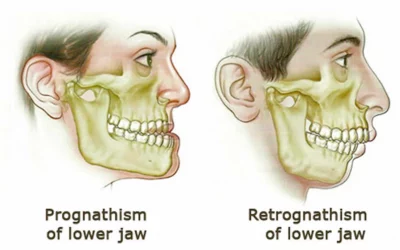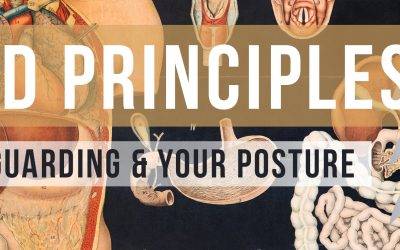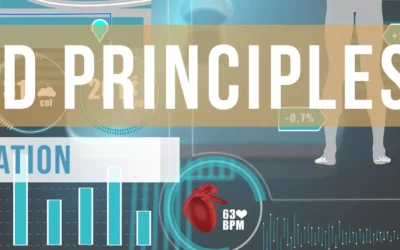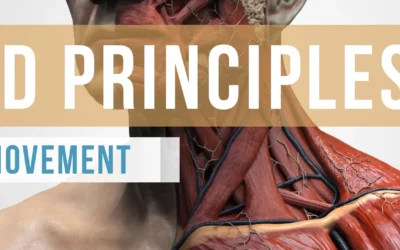Biomechanics
Muscle Functions – The Power of Teamwork
Muscles are the body’s unsung heroes, working behind the scenes to keep us upright, moving, and functioning. But not all muscles play the same role. Some are designed to work tirelessly throughout the day (tonic muscles), while others spring into action for short bursts of power and movement (phasic muscles).
Did You Know Your Breathing Habits Could Be Reshaping Your Face?
The Impact of Breathing Biases, Lateralization, and Neuromuscular Asymmetry on Jaw Structure and Craniofacial Development
Glenohumeral and Scapulothoracic Rhythms
Enhance your athletic performance with Thorne’s Foundational Supplement Bundle, expertly designed to meet the nutritional needs of athletes. Featuring Multi-Vitamin Elite, D-5,000, Super EPA, and Whey Protein Isolate, each NSF Certified for Sport® to support energy, recovery, and health. Learn more and take your performance to the next level.
Running VS Cross Country Skiing
Running and cross-country skiing, two diverse forms of aerobic exercise, exhibit remarkable differences in how they engage muscle groups and orchestrate biomechanical processes. Delving into these...
Shoulder Dislocation
Shoulder dislocations occur when the humerus bone comes out of the shoulder joint, resulting in severe pain and limited movement. Understanding the history and etiology of shoulder dislocations can...
Shoulder Impingement
Shoulder impingement syndrome is a common cause of shoulder pain and dysfunction. Understanding the history and etiology of this condition can provide valuable insights into its development and...
Rotator Cuff
Rotator cuff tears are a prevalent shoulder injury that can cause pain and limit shoulder function. Understanding the history and etiology of rotator cuff tears can provide valuable insights into...
Frozen Shoulder
Frozen shoulder, or adhesive capsulitis, is a condition characterized by shoulder stiffness and limited range of motion. Understanding the history and etiology of frozen shoulder can provide...
Understanding the Impact of Arthrogenic Muscle Inhibition on Left Anterior Internal Chain Imbalance and the Myofascial Networks
Arthrogenic muscle inhibition (AMI) is a phenomenon that occurs following knee trauma, leading to functional and neuromuscular deficits in the affected limb. In the context of postural restoration...
Active Metabolic Assessments
Active Metabolic Test Protocols - Does eating carbs before exercise affect energy metabolism? The body relies on different energy systems during exercise to meet its energy demands. The primary...
Differences Between Squats and Deadlifts
What are the technical differences between a squat and a deadlift? Both squats and deadlifts are compound exercises that target multiple muscle groups and are commonly performed in strength training...
Heart Rate Variability
What is Heart Rate Variability? Heart rate variability (HRV) is the variation in time intervals between successive heartbeats. It is regulated by the autonomic nervous system, which controls the...
What is functional integrated training?
Functional integrated training is a type of exercise program that focuses on improving overall fitness, strength, balance, and flexibility by using a variety of exercises that mimic real-life...
Habilitative Exercise
Habilitative exercise is a type of therapeutic exercise that is designed to improve or restore physical function in individuals who have experienced a loss of physical ability due to overtraining,...
Stress and Your Movement
How do emotional stress and hormones affect your fascial tissues and movement quality? Emotional stress and hormonal changes can significantly impact fascial tissues and movement quality. The fascia...
History of Exercise Physiology
What is exercise physiology? Exercise physiology is a field of study that focuses on how the body responds to physical activity and exercise. The study of exercise physiology has evolved over time,...
Periodization
What are the stages of strength periodization? Strength periodization is an approach to training that involves dividing the training program into distinct phases or periods, with each period focused...
Strength Training
Progressive Strength Development Progressive strength development is a training approach thatinvolves gradually increasing the intensity and volume of exercise over time to improve muscular strength...
Return to Sport
What is the procedure for returning to sport out of physical therapy? Returning to sport after physical therapy requires a careful and gradual process to ensure that you don't reinjure yourself or...
DNS and Movement
What are the stages of dynamic neuromuscular stabilization? Dynamic Neuromuscular Stabilization (DNS) is an approach to rehabilitation and exercise that focuses on the developmental movement...






















